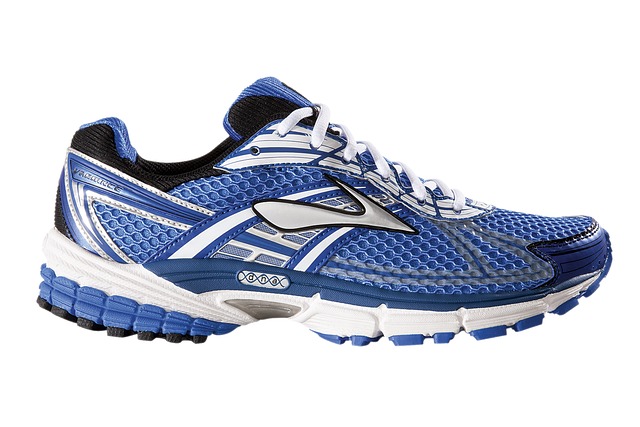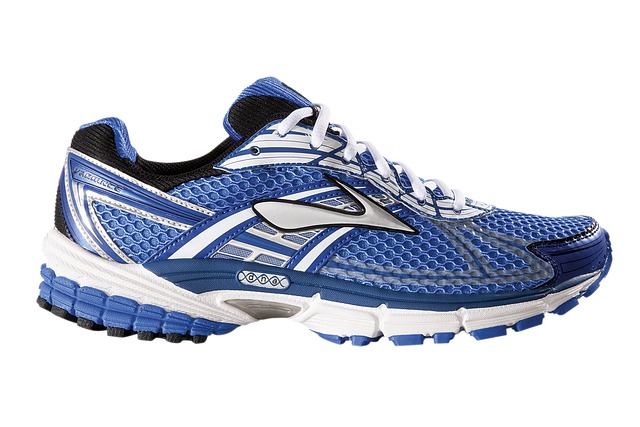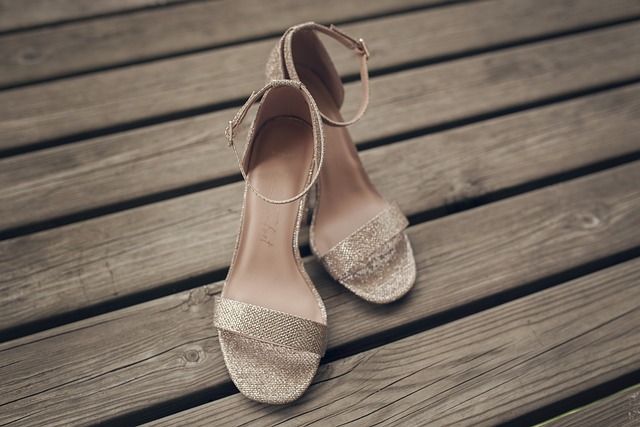The world of shoe design is a fascinating realm where creativity meets functionality, and tradition fuses with modern innovations. As we explore the evolution of footwear in fashion, we uncover not just a story of aesthetics, but also a reflection of culture, society, and personal identity.
Historically, shoes were crafted with practicality in mind: protection from the elements and comfortable support for long journeys. However, as societies evolved, so did the purpose of footwear. Shoes began to symbolize status, individuality, and artistry. From the clogs of the Netherlands to the elegant stilettos of Paris, each design tells a tale about the era it represents.
In the early 20th century, the introduction of new materials like rubber and synthetics propelled shoe design into uncharted territories. The rise of modernism brought with it a desire for innovation and abstract forms. Designers began to experiment with shapes and silhouettes that challenged conventional norms. This was the birth of the avant-garde in footwear, where shoes became not just items of clothing but statements of intention and identity.
As we moved into the later decades, the 1980s and 1990s heralded a vibrant explosion in shoe culture. This era witnessed the launch of iconic designs that would shape the future of fashion. Brands like Nike and Adidas took athletic shoes from the gym to the runway, blending sport with everyday style. Sneakers became a canvas for self-expression, and for many, they became synonymous with identity and belonging, transcending the boundaries of functionality.
Today, we find ourselves in an exciting juncture where sustainability is at the forefront of shoe design. Designers are increasingly embracing eco-friendly materials and production methods, reflecting a growing awareness and responsibility toward the planet. Footwear is not just a matter of style; it’s about making choices that positively impact the environment. The evolution continues, as brands rise to craft shoes that are both beautiful and sustainable, proving that fashion doesn’t have to sacrifice ethics for aesthetics.
The future of shoe design in fashion remains vibrant and unpredictable. With technology evolving, we see the introduction of smart shoes equipped with sensors and adaptive features that cater to individual needs. As fashion continues to innovate, it will be fascinating to witness how shoes adapt to our lifestyles while continuing to empower our self-expression.
Shoes have always been more than just accessories; they are an embodiment of history, culture, and personal stories. As we walk through the landscape of shoe design, we do so with an understanding that every step we take is not only a testament to fashion trends but also a reflection of our values and aspirations.




